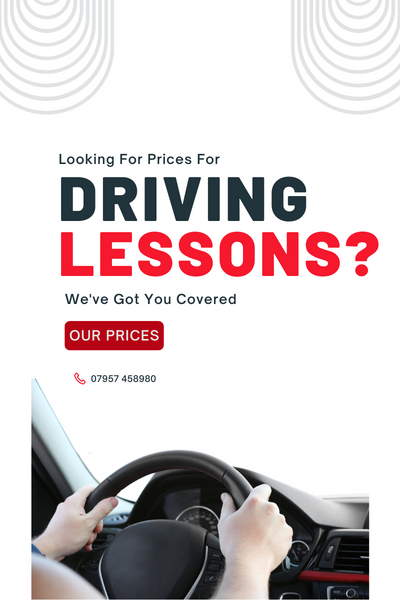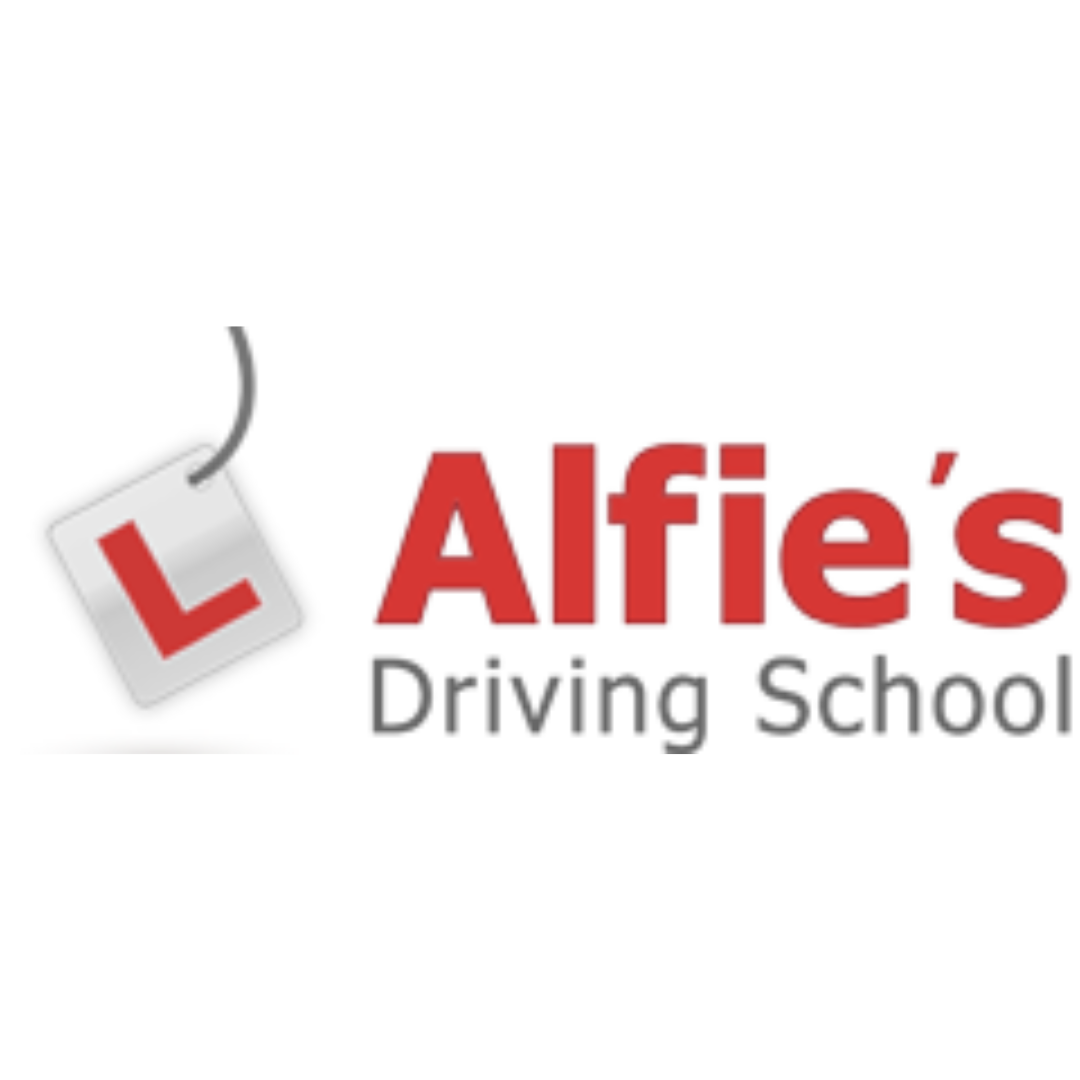H1: Master Driving in Essex’s Unpredictable Weather
Essex is known for its diverse and often unpredictable weather patterns. As a driver in Essex, you must be prepared to safely handle anything from heavy rain and dense fog to winter snow and ice. By understanding how your vehicle handles in different conditions and equipping yourself with the proper tools and knowledge, you can become a confident and capable driver no matter the forecast.
Drive According to Visibility – Rain, Fog and Night Driving
Reduced visibility is one of the biggest challenges posed by Essex’s changeable weather. Thick fog, torrential rain and dark winter nights all impair your view of the road ahead. When visibility is low, be sure to:
- Turn on your headlights, even during daytime rain. Use fog lights in dense fog.
- Slow down – halve your speed if visibility is less than 100m.
- Increase following distance to 8-10 seconds behind the vehicle in front.
- Avoid high beam headlights which reflect off the fog. Use low beam instead.
- Roll down windows and listen for traffic you cannot see.
- Look for road edges and use as a guide.
- Brake early and gently to avoid skids.
Handling Wet Roads and Hydroplaning Hazards
When roads are wet, your vehicle’s grip and stopping power are reduced. Water on the road can also lead to hydroplaning, when your tires lose contact with the road and start gliding on the water. To drive safely:
- Reduce speed and leave ample braking room. Brake slowly.
- Avoid sudden turns, acceleration or braking which can cause skids.
- Try to determine if sections of the road hold deep water and avoid driving through large puddles.
- If hydroplaning starts, ease off the gas and avoid braking until the tires regain traction.
- Drive in the tracks of the vehicle ahead where water may have been cleared.
Driving on Snow and Ice
Essex occasionally faces snowy and icy conditions during the winter months. To handle slippery roads:
- Invest in winter or all-season tires with deep grooves which provide extra grip.
- Leave ample room between vehicles to account for longer stopping distances on ice.
- Brake early, slowly and intermittently rather than slamming on brakes.
- Gear down smoothly and avoid abrupt acceleration.
- Approach junctions and bends with extreme caution.
- Carry traction sand or salt to sprinkle around stuck tires when needed.
- If you start to slide, steer gently into the direction of the skid. Do not brake during slides.
Being Prepared for Changing Road Conditions
To drive safely in Essex’s variable weather, make sure you and your vehicle are prepared:
- Check forecasts before setting out so you know what to expect along your route. Plan to delay trips if severe storms are forecasted.
- Clear all windows, mirrors, lights and camera lenses so you have full, unobstructed visibility in all conditions.
- Ensure good tread depth on tires for proper grip. Check pressures monthly.
- Pack emergency equipment – torch, warm clothes, boots, food supplies, traction aids, first aid kit, etc.
- Keep lights, wipers and fluid topped up. Check they are in good working order.
- Allow extra time to drive slower in bad weather. Avoid rushing.
Conclusion
Essex’s changing weather patterns demand smart preparation and safe driving practices. By equipping your vehicle properly, adjusting your speed and following distance, and driving smoothly, you can master driving safely in rain, fog, snow or anything in between. Pay attention to forecasts, slow down and focus on the road ahead. With caution and care, learner and experienced drivers alike can confidently handle Essex’s weather variability.
FAQ
Q: Should I avoid driving in heavy rain or fog?
A: Only drive if absolutely necessary, and take extra precautions like using fog lights and significantly reducing speed. Delay your trip if conditions are severe.
Q: How do I recover control if my car starts hydroplaning?
A: Gently ease off the gas while keeping the wheel straight until the tires make contact again. Do not brake hard as this could worsen the skid.
Q: What tires work best on snow and ice?
A: Invest in winter tires, with deep grooves to channel away slush and extra grip from a softer rubber compound. All-season tires also provide improved traction over summer tires.
Q: How much stopping distance should I allow on wet roads or ice?
A: Increase stopping distance dramatically – leave 8-10 seconds between you and the vehicle ahead to account for reduced braking power.
Q: Should I warm my engine before driving in cold weather?
A: No, modern vehicles do not need warming. Gentle driving warms the engine faster than idling. Just clear all snow and ice before driving.
Adjusting Your Driving Style for the Conditions
Beyond equipping your car for winter and wet weather, you must also adjust your driving style to match the current road conditions.
In rain and fog:
- Drive much slower than usual, even below speed limits if visibility is severely reduced.
- Brake earlier and more gently than normal to avoid skidding.
- Be cautious and avoid sudden acceleration, braking or turns.
- Allow a 4 second gap between you and the vehicle in front to increase reaction time.
- Focus all your attention on the road and avoid distractions in the car.
- Use road markings, sidewalks or tire tracks from other vehicles to guide you if visibility is poor.
In snow and ice:
- Accelerate gently and slowly to avoid wheel spin.
- Brake delicately and early, pumping the pedal if wheels lock up.
- Keep the steering smooth – no sudden turns.
- Gear down before descending hills so gravity doesn’t pull you faster than your wheels can grip.
- Watch for black ice hiding under innocuous looking snow.
In all conditions:
- Drive attentively, scanning the road as far ahead as possible.
- Anticipate stops, bends, junctions earlier so you can react in time.
- Focus on the task of driving and minimize other distractions.
- Stay calm and avoid panic reactions if you start to slide.
- Pull over if conditions worsen beyond your capabilities.
The most important thing is adjusting your speed to suit the decreased traction. Drive much slower, leave ample stopping room between vehicles and avoid sudden movements of any kind. With care and caution, you can learn to drive safely no matter what weather Essex throws your way.
Useful Tools and Supplies for Your Vehicle
Beyond good tires and lights, equip your car with extra tools that can get you out of a jam in severe Essex weather:
- Ice scraper – Clear off snow and ice from windows, lights before driving
- De-icer spray – Quickly cut through ice on windows and mirrors
- Torch & batteries – See in case of darkness or emergency repairs
- Reflective triangles – Warn other drivers if you get in trouble
- First aid kit – Treat any injuries if involved in an accident
- Jump cables – Restart your vehicle if the battery dies
- Tire chains – Extra traction if roads are very snowy or icy
- Shovel – Dig out snow around your tires if stuck
- Snacks & warm clothes – Stay nourished and warm if stranded
- Traction mats – Provide grip under spinning tires
With the right supplies, you reduce the chances of getting in trouble when driving in hazardous conditions. But it’s still best to delay driving when weather is severe unless absolutely essential.
Conclusion
By driving cautiously, investing in proper equipment and staying alert, drivers in Essex can overcome the challenges posed by the region’s variable weather. Adjust your speed, allow greater stopping distance and avoid sudden acceleration, braking or steering on wet, icy or snowy roads. With smart preparation and practice, learner drivers can gain confidence handling all the conditions Essex roads throw their way over the seasons. Stay safe and continue working on your adverse weather driving skills.




